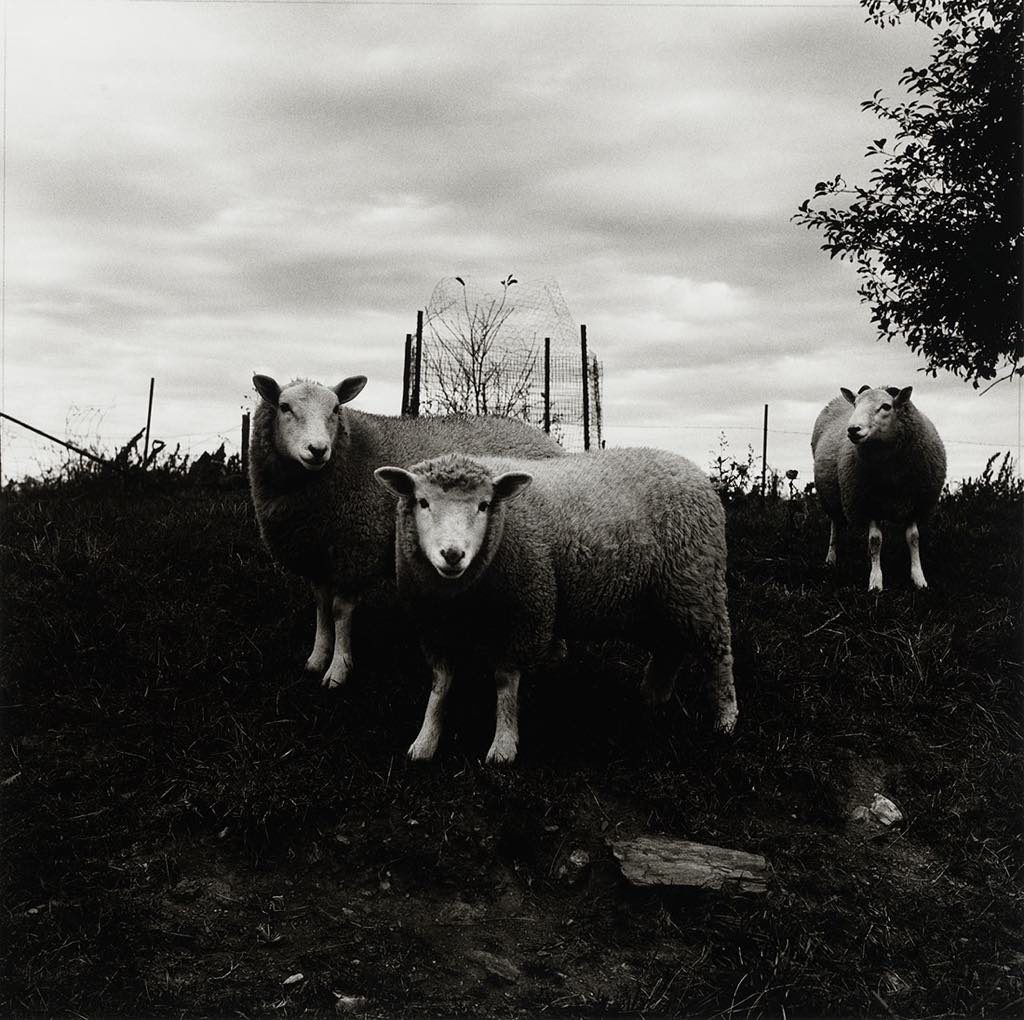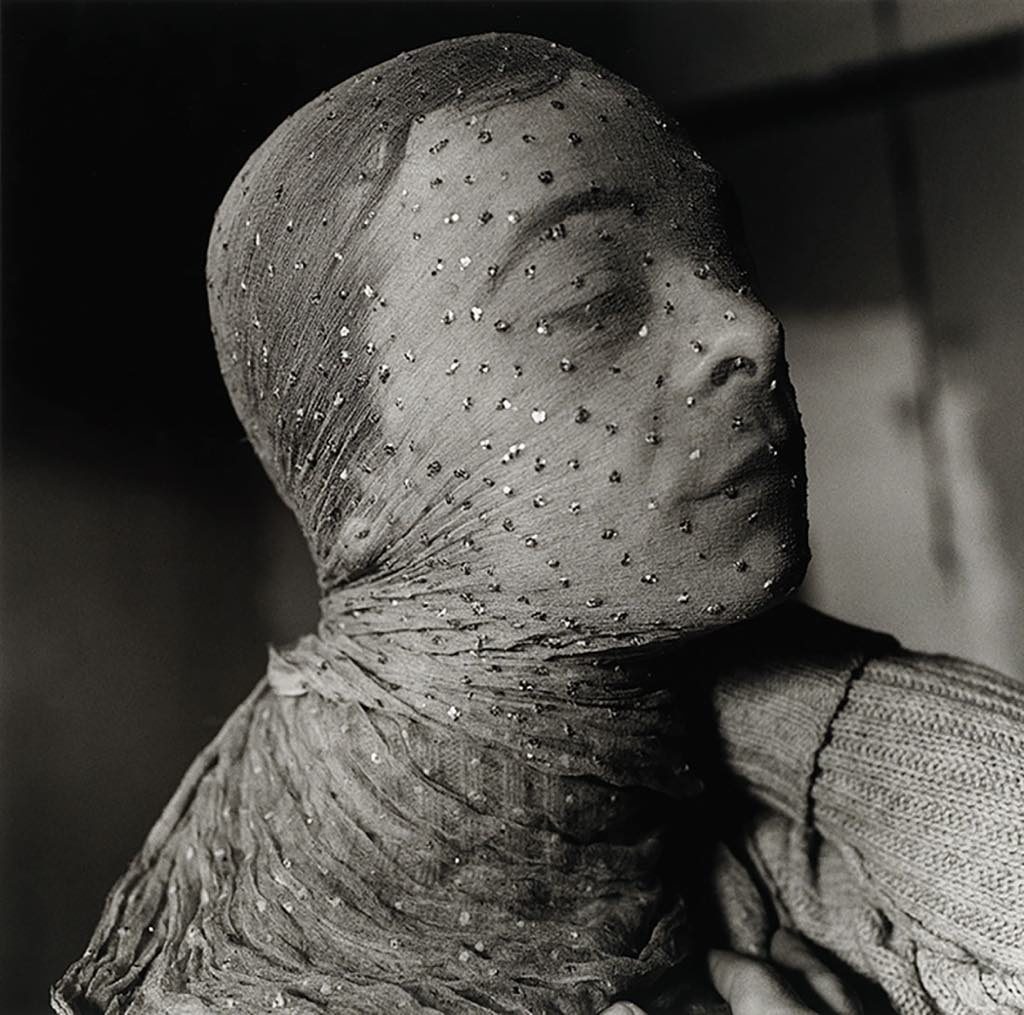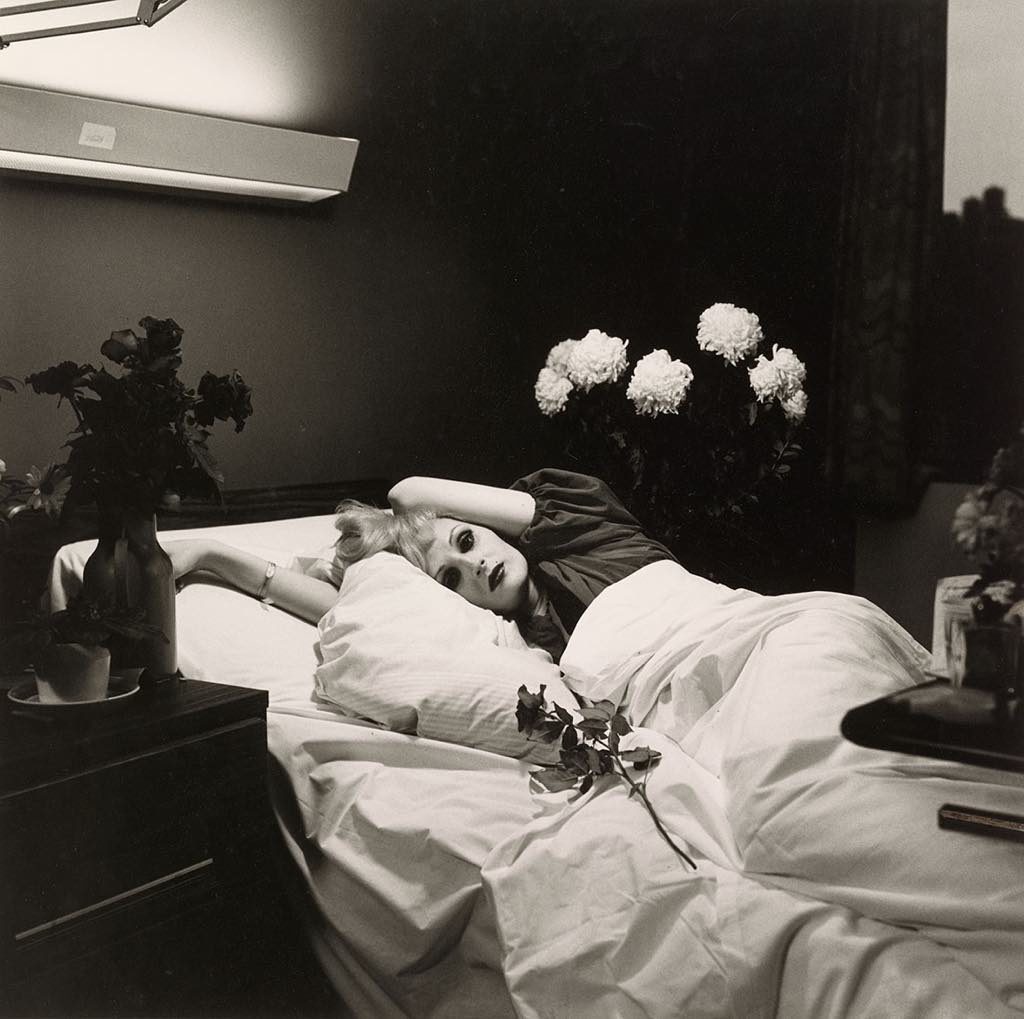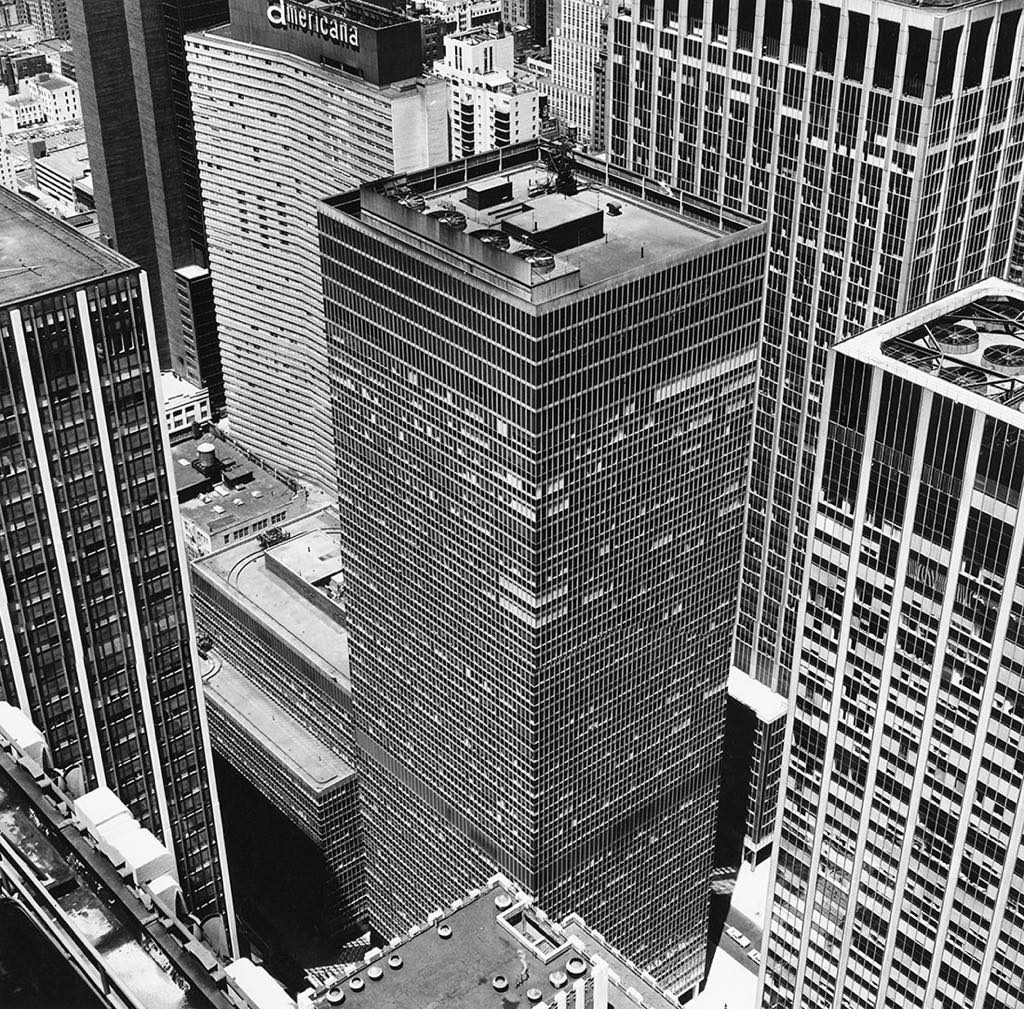
Photographer Peter Hujar (1934-87) lived in the best of times and the worst of times for a gay man. The heady days of the Gay Liberation movement, which took off after the Stonewall riots of 1969, were followed only a little more than a decade later by the AIDS plague, which decimated the gay community and eventually claimed Hujar’s life as well.
The avant-garde New York City art scene was the epicenter of the life of this photographer whose work was lauded by the right people but who was never really successful. In the 1950s, he was awarded a Fulbright scholarship, which he used to travel in Italy. Richard Avedon, with whom he studied for a while, became a mentor and called himself a collector, and none other than Susan Sontag wrote about his work and provided the introduction to his only book, Portraits in Life and Death, but financial success never followed, and Hujar lived the life of a near-penniless artist in a loft in the East Village after leaving jobs as a photographer’s assistant and magazine photographer to devote himself to his personal work.

Hujar was particularly noted for his portraits. He would invite his friends over to his studio with their own props and let them pose as they wished. Many of them chose to partially conceal themselves, resulting in such memorable images as “Beauregard under Plastic,” in which plastic-wrapped gossip columnist Beauregard Houston-Montgomery and his dog Pilar stare at the camera through their packaging. Artist Gary Indiana wrapped his head tightly in a spangled veil and posed dramatically for his closeup with eyes closed. Performance artist Stephen Varble made a political statement by wearing netting covered with “none-dollar” bills, while photographer Lynn Davis hid behind her abundant, curly hair.

One subject who had no desire to hide was Warhol Superstar Candy Darling, even though she was dying of lymphoma. She asked Hujar to do her portrait as a “farewell to my fans” and together they turned an ordinary hospital room into the setting for a glamorous death scene that became Hujar’s most widely distributed image after her death.

Hujar’s portraits were not just of people, however. He applied the same talent to making “portraits” of everything from animals (see the sheep at the top of this page) to buildings and landscapes. He used no trickery or gimmicks, looking straight on at his subjects and making handsome, straightforward black-and-white images with rich tones.
They may have an old-school look to us today, when anything goes in photography, and lack the “moment-capturing” cleverness of a Henri Cartier-Bresson, Robert Doisneau or Willy Ronis or the signature artistry of a Richard Avedon or Robert Mapplethorpe, but they are an appealing and sincere record of a particular time and place, the best and the worst.
Note: This exhibition is reproduced in large format on the hoardings between Hall 1 and Hall 2 in the Gare de Lyon, but it’s not the same as seeing the real prints.
Favorite